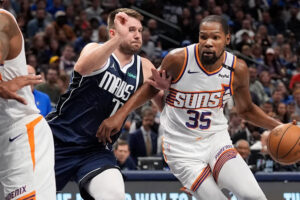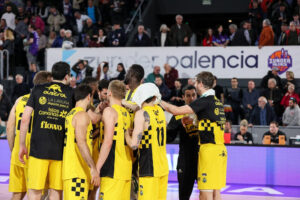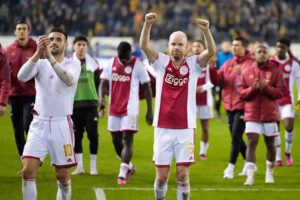In the past Italian Grand Prix, Lewis Hamilton was leading the race at Monza when the Haas of Kevin Magnussen it stopped on the track between Parabolica and the pitlane, causing the safety car to exit.
That moment was taken advantage of by Mercedes to call Hamilton to a pit stop, but both he and his team did not realize that the pits were closed. This led to a penalty on the British.
During a red flag period caused by the Charles Leclerc accident, Hamilton went to see the stewards to find out why he had been penalized.
Connelly, who was in the group of stewards that weekend, emphasized that he and his teammates do not like having their hands tied with automatic penalties for certain infractions, but pointed out that they are in the rule book at the behest of the teams.
Speaking to stewards from around the world at a web conference last weekend, Connelly cited the race at Monza as an example of the need to fully explain decisions in documents so that competitors and fans can understand them, albeit in this case the world champion requested the explanation in person.
“Lewis Hamilton came into the pitlane,” Connelly recalled. “Once we clearly established that the pitlane was closed, that the warning lights, the light panels, two of them located at the entrance to the pitlane clearly showed the cross to indicate that the pit lane was closed, then we made reference to the corresponding regulation ”.
“We had no choice, and this is something that most of us do not like, because we are not in favor of mandatory sanctions.”
“In fact, almost all of the FIA stewardship presidents in F1 and most other F1 stewards do not agree with the mandatory penalties, but they are there, mainly at the request of the teams. And this infraction required a Stop & Go by Lewis Hamilton ”.
Connelly said the stewards were happy to meet with Hamilton and explain the reason for the decision.
“During the stoppage of the race, Lewis got on his scooter and came to visit us.”
“He was extremely polite. He just said, ‘Guys, can you tell me why I’ve been penalized?’ We replied: ‘Yes, because you entered the pitlane when it was closed.’ He said, ‘Can you show me?’
“We showed him the replay of the video, the view from his camera. Right in front of him was the warning light from the first panel, and then again, the second panel.”
“And he said, ‘Okay. I accept it’. Then he asked us why it was such a severe punishment ”.
“We explained: ‘Unfortunately Lewis, it is a mandatory penalty. And we have no choice but to impose this penalty on you.”
“And while I wasn’t absolutely thrilled with this, Lewis accepted it and was extremely courteous, as I have always found. He left the room and went back to the pits.”
“Without a doubt, he had some comments for his team on why he was not notified by radio.”
“But I think it’s a perfect example, that no matter how painful the decision was, it was accepted by Lewis and it was accepted by his team.”
“That shows that if you can explain something, you can make a difficult decision acceptable to those to whom it applies and to the general public.”











